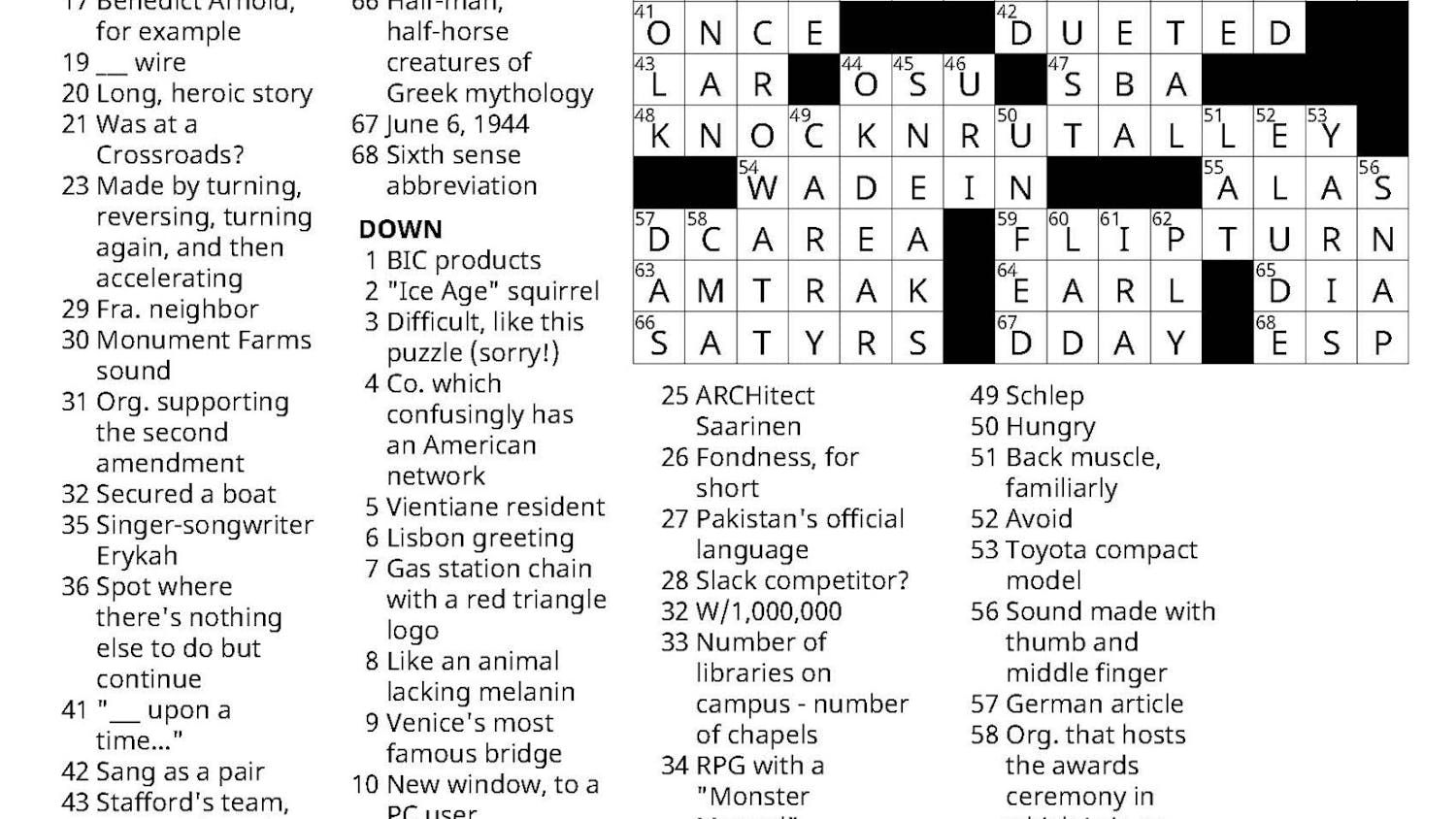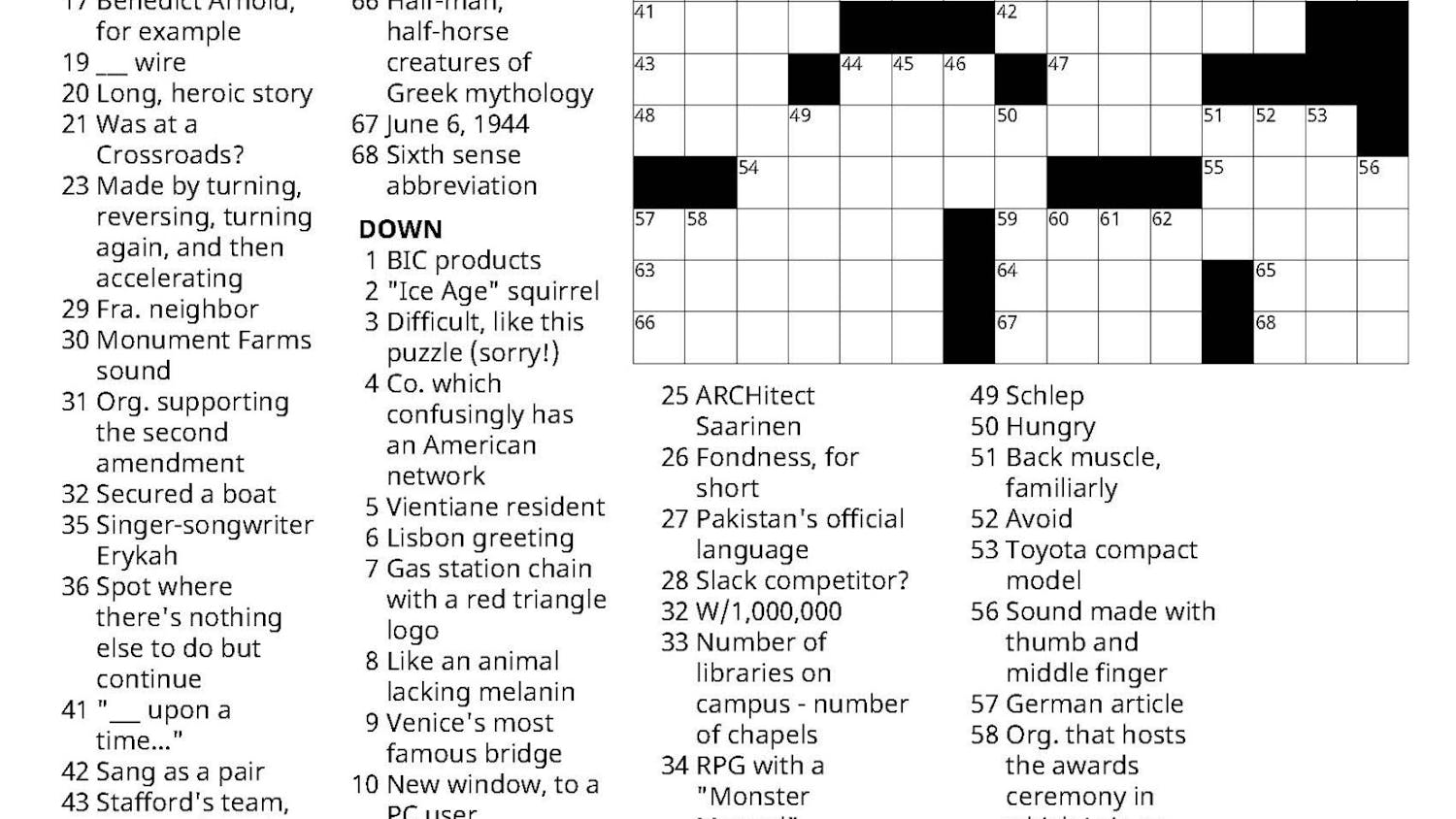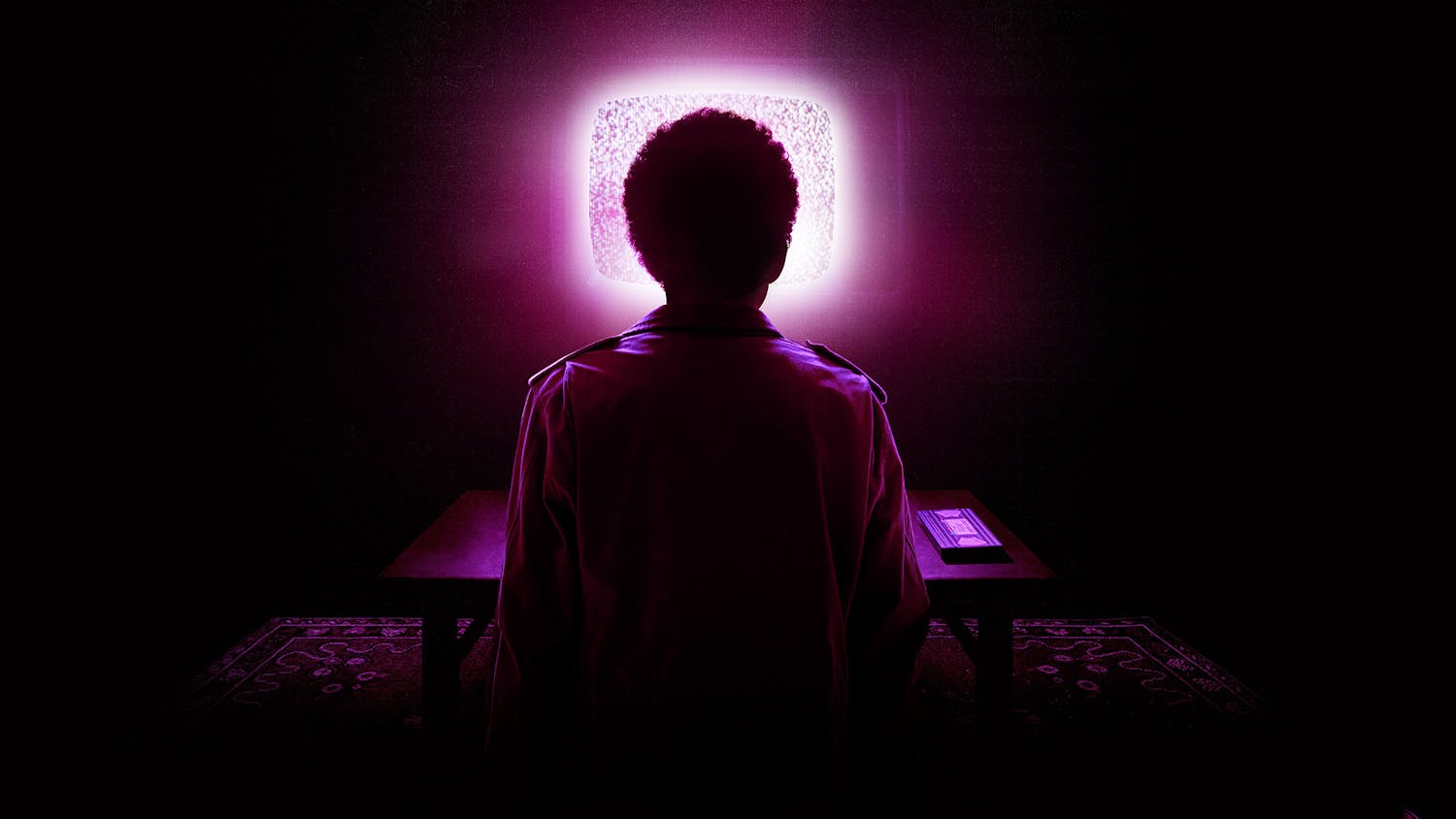Walking out of Davis Family Library the other day, I overheard a professor consoling a frantic senior with the following: “What you’ve got to keep in mind about your thesis is that it’s your first work, not your last one." His comment brought to mind a line from Plato’s Symposium that discusses the birth of ideas as intellectual children: “Everyone would rather have such children than human ones, and would look up to Homer, Hesiod, and the other good poets with envy and admiration for the offspring they have left behind.”
The senior thesis represents a student’s first original work, what Plato would refer to as their first intellectual “offspring.” Run with this line of thought, and next week’s theses presentations in McCardell Bicentennial Hall are all the more cause for celebration. An intellectual child has been born, and we will be lucky enough to bear witness to the event.
The projects are representative of the exciting work done on a daily basis in Bicentennial Hall. Eric Roberts ’13, a chemistry major working in the lab of Burr Professor of Chemistry and Biochemistry Rick Bunt, has been trying to explain some surprising results from the thesis research of Nat Nelson ’11.
The results involved some unexpected structural changes in the products of a reaction Nelson ran. A chemical structure can have multiple physical orientations, even if it is made up of the same components. Think of the left and right hands: each is composed of four fingers and a thumb, but they don’t have the same structure. Rather, they are mirror images of each other. Chemical structures work in a similar way; when a reaction occurs and it generates a product, there can be multiple physical orientations of that product, and each one can serve a different function.
These different structures are called enantiomers. Chemists use catalysts to ensure that they only get a specific type of enantiomer in a given reaction. In his thesis work, Nelson found that a certain catalyst wasn’t creating the expected ratio of enantiomers over time. Or rather, it was initially, but then the products were changing, morphing in some way, to change the enantiomer ratio.
“Nelson was seeing … a loss of enantiopurity — [the existence of only a single enantiomer] — that didn’t make sense,” said Roberts. “He proposed two possible explanations: 1) It was a reversible reaction … or 2) there was a huge build-up of the first enantiomer, then over time, there would be some factor that would grow the quantity of the other enantiomer. We went in to test [the reversibility hypothesis], and we found that it was [correct].”
Deirdre Sackett ’13 and Kyle Harrold ’13, both neuroscience majors. are working in the lab of Assistant Professor of Psychology Mark Stefani. They’re examining schizophrenia in rats and the effects of a variety of compounds on the condition.
“Our lab focuses on the cognitive deficits in adult male rats with symptoms of schizophrenia and possible ways to ameliorate or worsen them,” said Sackett. They use a battery of tests — analogs of the Wisconsin Card Sort Task, mazes and object recognition to “test different aspects of cognition in rats.” These behavioral tests focus on cognitive flexibility.
“Imagine I gave you a deck of cards, and I told you to start sorting them,” explained Harrold. “I’d give you feedback, either correct or incorrect, about your sorting pattern, and eventually you’d figure out the rule. You could do that, and a schizophrenic patient could do that. But if I all of a sudden changed the rule, and started giving you different feedback, you would be able to adjust your behavior, but a schizophrenic patient would continue sorting by the first rule.”
Sackett added, “that type of behavior … is called perseveration. It may seem like a small deal with regards to a card game, but translated into social and vocational life, it’s a huge inhibition.”
Malcolm Littlefield ’13, an environmental studies-chemistry major, has been researching surfactant-modified clays all year in the lab of Associate Professor of Chemistry, Biochemistry and Environmental Studies Molly Costanza-Robinson. He is examining the ability of clays that have had their surface modified to act as a sponge for organic contaminants.
The first phase of his project involved the characterization of the surfactant-modified clays, which was “purely analysis of the surfactant-modified clays, with no contaminants – total carbon chromatography, x-ray diffraction, and sodium release were our three methods of characterization for the clays.” According to Littlefield, “that all wrapped up very nicely.”
But then Littlefield “hit an unexpected speed bump in the analysis.” It turned out that the methods Littlefield initially wanted to use to measure absorption – the amount of contaminant soaked up by the clay – weren’t effective. So he, Costanza-Robinson and a second thesis student, Annie Mejaes ’13, spent the spring trying to work out the kinks in the adsorption data collection methods, and finally, it looks like they’re back on track.
“There will be two students this summer working on collecting all this adsorption data. It will be a couple months later than expected, but there will be lots of good adsorption data to write about shortly,” said Littlefield.
Littlefield isn’t heading immediately to graduate school, and he has no regrets about his undergraduate experience, either. “I don’t think I would change anything if I were to do my undergraduate degree again,” he said. He is also quick to acknowledge the benefits of undergraduate research work: “I’ve completely lost my fear of the trial and error process as a mode of research … You can try out any idea that you have, and if it works, great, if it doesn’t, then you can still often learn a lot about why your idea didn’t work.”
Of the three other profiled thesis students, Sackett is the only one who is enrolled in graduate school next year, where she plans to continue with research along parallel lines of the work she’s done at Middlebury. However, both Roberts and Harrold echoed Littlefield’s sentiments.
Bunt added: “In the sciences it’s really nice [to do thesis work] because its such a capstone experience where you get to be in a lab and … you get to invent and discover new knowledge. It’s on a small scale, but that’s what’s fun about it. You’re doing things that no one has ever done before.”
Science Spotlight: Student Research

Comments



